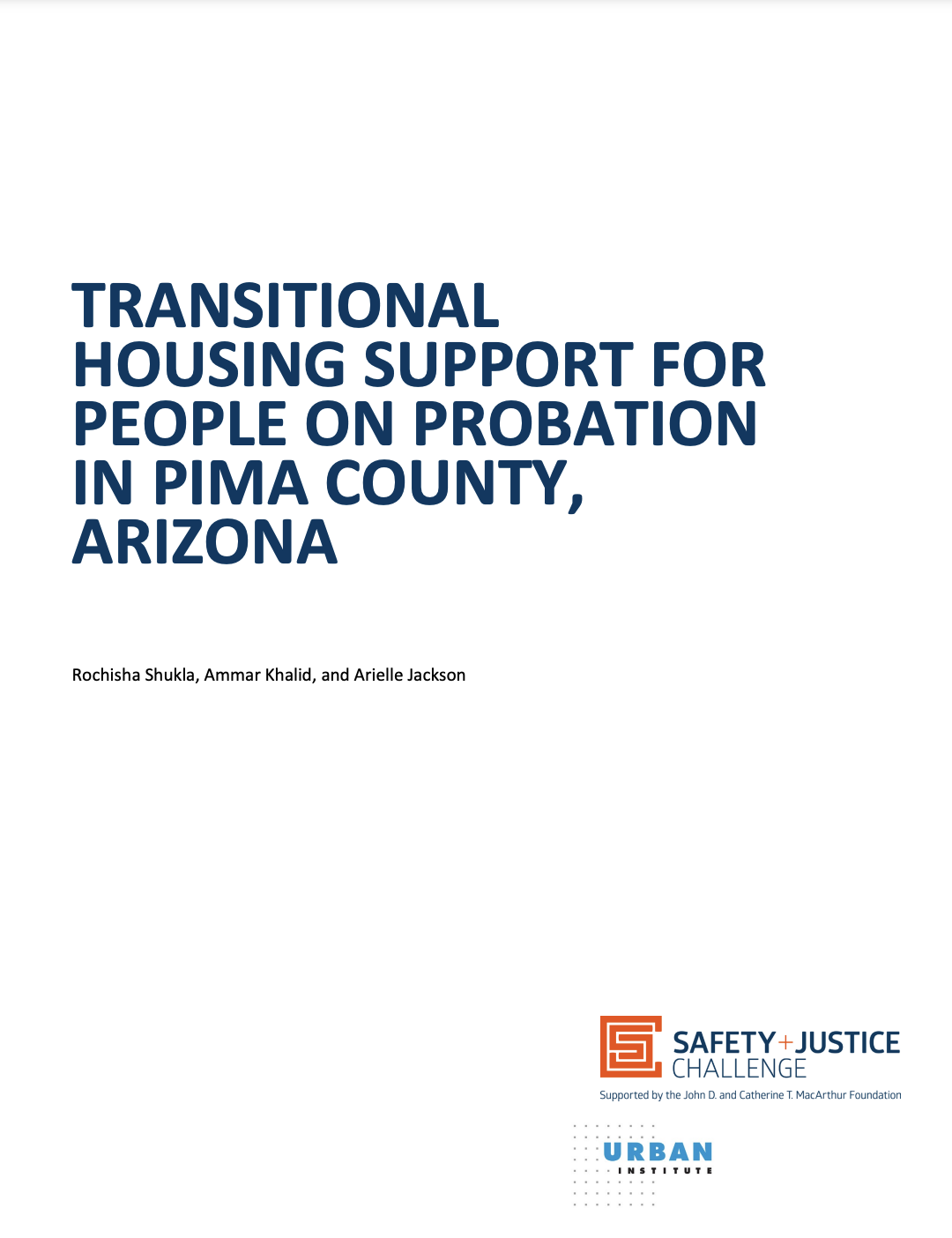[From Our Partners] At the Intersection of Probation and Jail Reduction Efforts
Reducing jail populations – and the collateral consequences of criminal legal system involvement – requires jurisdictions to critically examine why and how people are entering the system to begin with. Much of the research around jail reform focuses on the pretrial population; however, with rising numbers of individuals under probation supervision and jail commonly being used to detain those awaiting a hearing on a probation violation, reform efforts to understand how violations contribute to the overall jail population are essential.
To learn more about the impact probation revocations have on jails and to advance promising strategies to address them, CUNY ISLG funded the Urban Institute through the Safety and Justice Challenge (SJC) to conduct a mixed-methods study on how people on probation end up in jail incarceration and the impact of a program aimed at improving these outcomes with transitional housing support through the Adult Probation Department (APD) in Pima County, Arizona.
Using administrative data from the Pima County Jail and APD, case record reviews, and interviews with APD leadership, probation officers, judges, community-based housing providers, and people on probation, this study aimed to decipher the system-level trends in jail incarceration for probation violations and the key pathways to jail incarceration for those individuals currently on probation. It also sought to understand the impact of the transitional housing support program on short and long-term outcomes for people on probation receiving funding from APD for transitional housing.
Key takeaways include:
Though probation violations represent a small portion of the total jail population in Pima County – and only a small proportion of the population on probation experience a jail-related outcome – these individuals have substantially longer average lengths of stay (ALOS), nearly three times as long as the pretrial population. Black individuals have the longest ALOS of any group.
Evidence suggests that there are multiple pathways to jail for people on probation, including substance use needs and housing instability, and individuals facing these challenges are more likely to experience a violation and be incarcerated in jail. Support for these individuals is integral in continuing to reduce the overall probation population in jail in Pima County.
Though the transitional supportive housing program did not have a significant impact on jail incarceration outcomes, it was a crucial force in supporting the well-being of people on probation in securing employment, attending substance use and other programming, and securing more permanent housing, highlighting the complexity of designing strategies to address probation violations and their causes.
In summary, in Pima County, though probation violations represented a small proportion of bookings, they were a driver of the jail population through a higher ALOS. These violations also contributed to substantial disparities in incarceration rates of Native American and Hispanic people for a probation revocation. Ultimately, there is a significant need for more research to establish best practices in jail and probation management to address the impact of probation violations on local jail populations, understand the needs of people released from jail, and to achieve more holistic reform.
ABOUT THE SAFETY & JUSTICE CHALLENGE
In 2015, the John D. and Catherine T. MacArthur Foundation launched the Safety and Justice Challenge (SJC), a multi-year initiative to reduce populations and racial disparities in American jails. To advance knowledge development grounded in a research agenda that explores, evaluates, and documents site-specific strategies to safely and effectively reduce jail populations and address racial and ethnic disparities, the Foundation engaged the Institute for State & Local Governance (ISLG) at the City University of New York (CUNY) to establish and oversee an SJC Research Consortium. Consortium members are nationally renowned research, policy, and academic organizations collaborating with SJC sites to build an evidence base focused on pretrial reform efforts.


